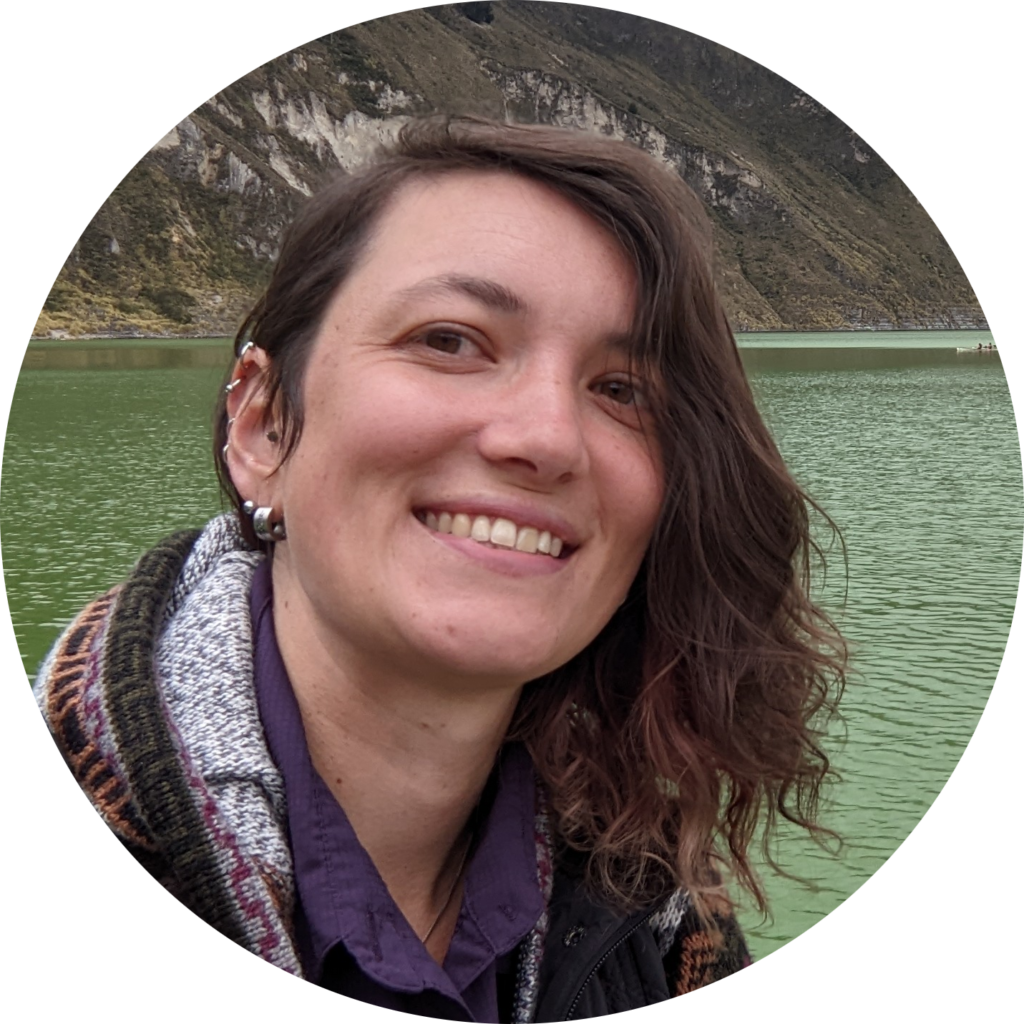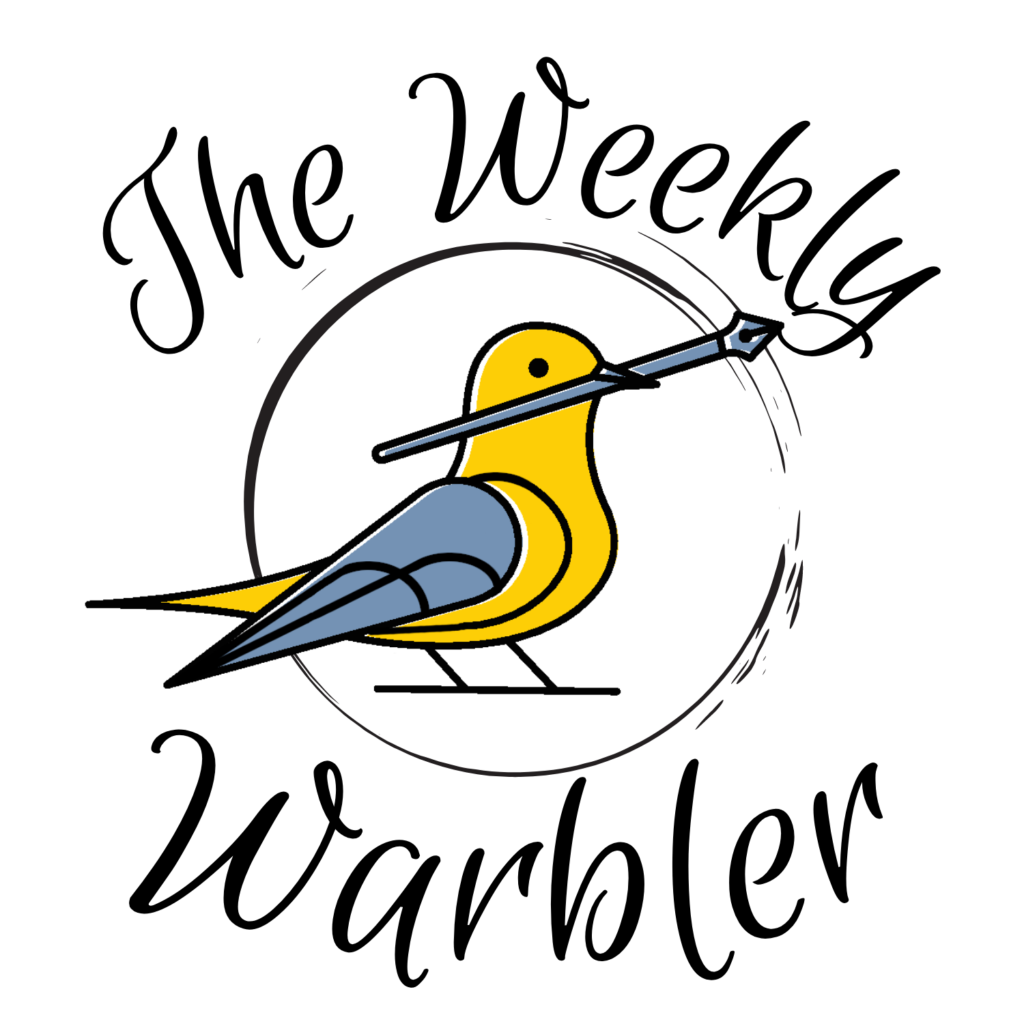An Overview of Plastic in Our Oceans
I’ve always wondered why birds would eat plastic in the first place. Surely it doesn’t taste very good, or even look like natural food. So why is it such a huge issue? And how bad is this problem?
To know the full extent of this problem, we need to take a closer look at our ocean ecosystems.

Photo by Uwe Schmid, distributed under CC BY-SA 4.0
How Much Plastic Is In Our Oceans?
Plastic is a very recent human invention, with common materials such as polyester and polypropylene ramping up production in the 1950s. Almost half of the plastics littering our oceans were produced after the year 2000.
This statistic was shocking for me. In just a few short decades, plastics have taken over our lives and have become the go-to product for convenience. But this convenience comes at a great price.

Photo by Andrea Westmoreland, distributed by CC BY-SA 2.0
About 8 million pieces of plastic enter our oceans daily. Another source estimates roughly one garbage dump full of trash is dumped into our oceans every minute. That’s 1440 dumpsters of trash every day. Every. Day. It really is quite hard to fathom how big this problem actually is.
There is a patch of garbage in the Pacific Ocean about twice the size of Texas. Pretty much all of this plastic has been produced within our lifetime. Some long-lived marine animals including seabirds, sea turtles, and whales were alive before there was plastic in the oceans.
How Many Birds Die From Eating Plastic?
Seabirds are particularly vulnerable to plastic ingestion. One study cites 52-83% of albatrosses have plastic contents in their stomachs. Another study estimates as much as 17.5% of deaths in albatrosses come from ingestion of plastic, and that percentage is likely an underestimate.
Overall it is estimated around 1 million seabirds die every year from plastic. Just let that sink in for a second. And remember most of this plastic has been produced within our lifetimes.
This problem is only expected to get worse. Plastic production is expected to increase in the coming years, and by 2050, 99% of all seabird species are predicted to be eating plastic regularly.

Photo by Ingrid Taylar, distributed under CC BY-NC 2.0
While many birds can still be healthy with plastic occupying their stomachs, if the plastic causes a gastric obstruction, they are sure to die from it. Plastic can also absorb chemical pollutants from our waters. So when birds eat polluted plastic, it is a case of slow poisoning with each piece of plastic eaten.
This goes for humans too, by the way.
As this journal article puts it quite plainly, “The threat of plastic pollution to seabirds is global, pervasive, and increasing.”

Photo by Uwe Schmid, distributed under CC BY-SA 4.0
What Is The Deadliest Type of Plastic for Seabirds?
Balloons are known to be the worst type of plastic pollution for seabirds. Balloons are 32 times more likely to cause death in seabirds than ingestion of hard plastic, due to their malleable shape which is easy to wrap around intestines once eaten. They may not make up the most amount of pollution by volume, they are probably the most devastating to marine life.
Here’s a video on the Cleveland Balloon disaster of ‘86, where 1.5 million balloons were released into the environment to try to set a world record.
At the end of the video, the news reporter speculates, “No one’s quite sure where the balloons went, but at least they’re no longer posing a threat to fish and wildlife.”
Well… most of the balloons ended up on Canadian shores. And they most certainly were still posing a threat to fish and wildlife in Canada.
Even ingesting one of these balloons can kill a seabird. It’s not a far stretch to say many, many animals died from the aftermath of this easy-avoidable incident.
Please don’t release your balloons into the air people.
Clearly plastic ending up in the environment is a problem, but what causes birds to actually eat plastic?
Why Do Birds Eat Plastic?
There is evidence that plastic that has been left in the ocean smells like food to a seabird. A 2016 study found that marine plastic produces a chemical signal, dimethyl sulfide, from the microbiome living on the plastic. This chemical is a key marine odorant and signals a foraging response in seabirds, especially highly olfactory stimulated seabirds such as albatrosses, petrels, and shearwaters.
So basically the algae and seawater on the plastic smells like fish to a bird. Next time you go to the beach, pick up a piece of plastic that’s been in the water and give it a sniff. It’ll probably smell a lot more like fish than you’d think.
The reflectiveness of plastic may also imitate what fish scales look like to a bird. Imagine a candy wrapper floating in the ocean, with its silvery sheen and reflecting light back to the sky. To a flying bird, that looks surprisingly like food.

Photo by JJ Harrison, distributed under CC BY-SA 3.0
So to a bird, plastic both looks and smells like fish.
Plastic in our oceans is a huge problem that needs to be addressed. It has devastating impacts to all marine life, which in turn affects the livelihood of humankind. Can anything be done about it?
I go more in-depth about ways we can fight plastic pollution in my article here.















